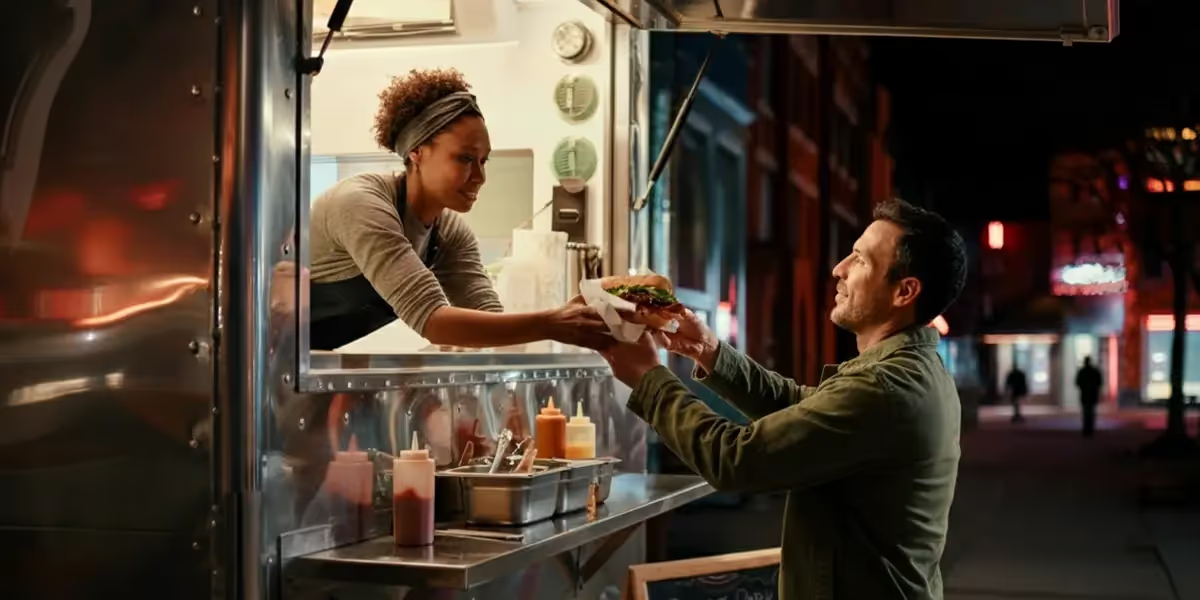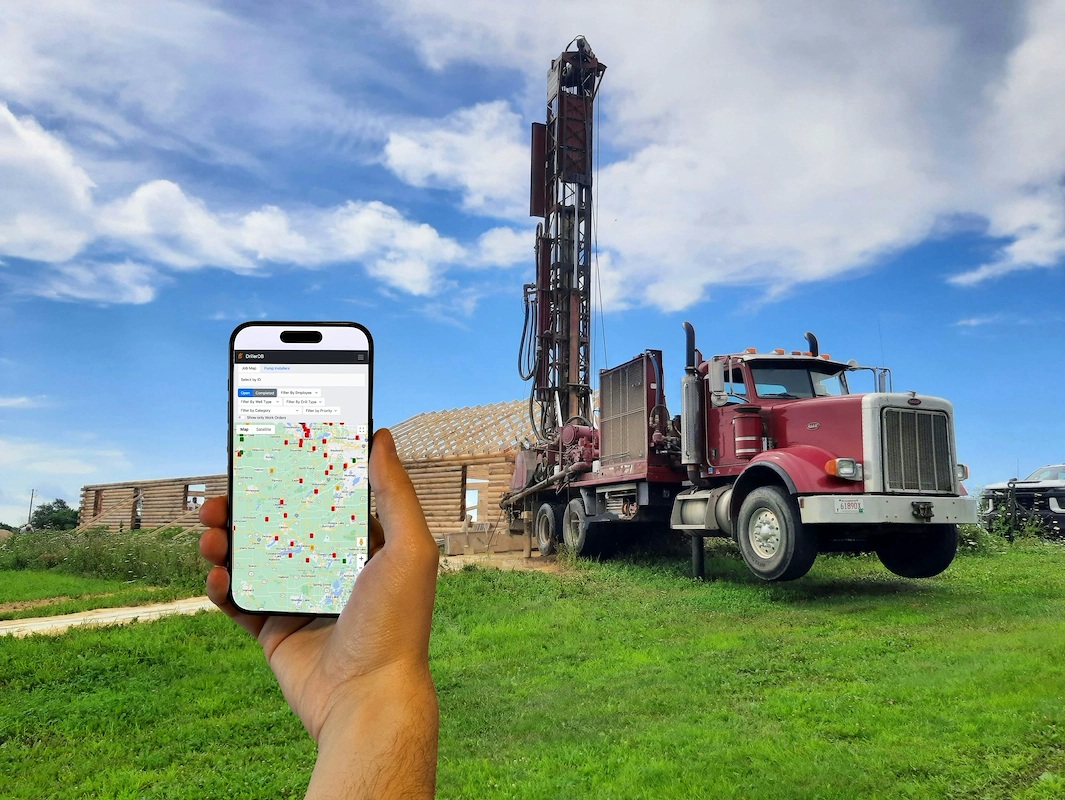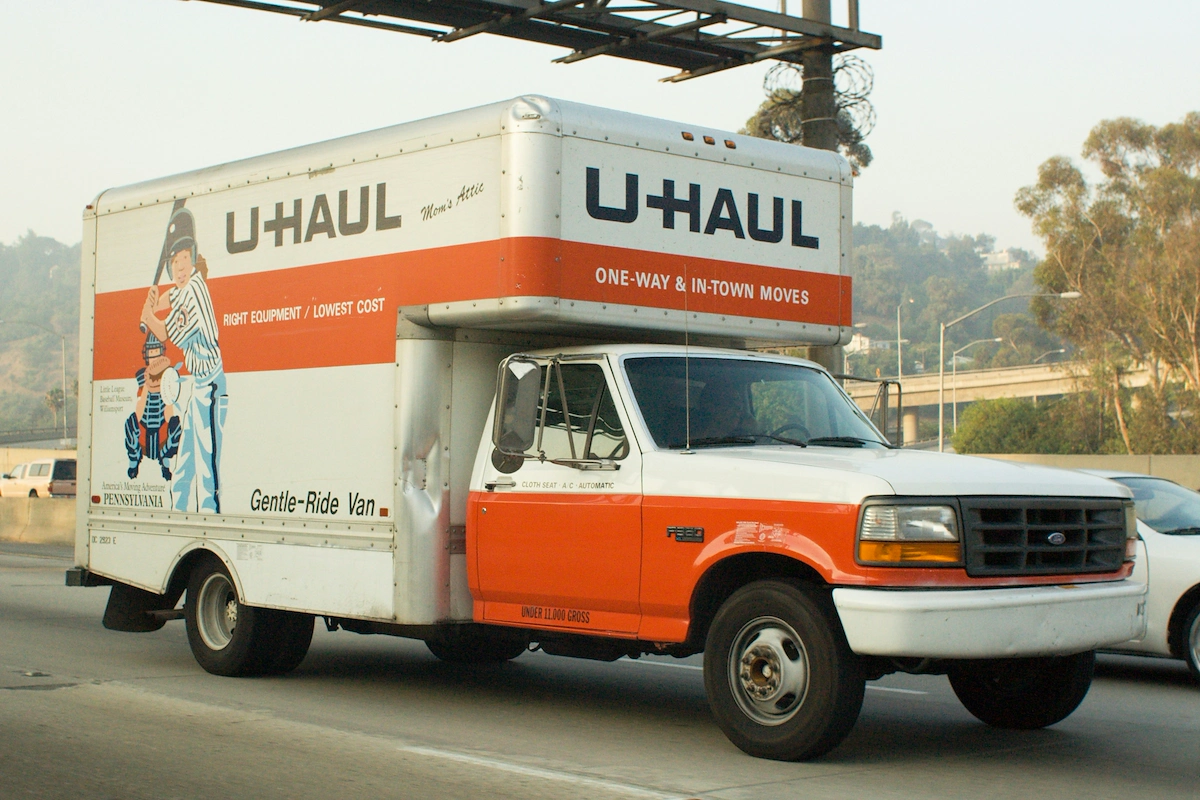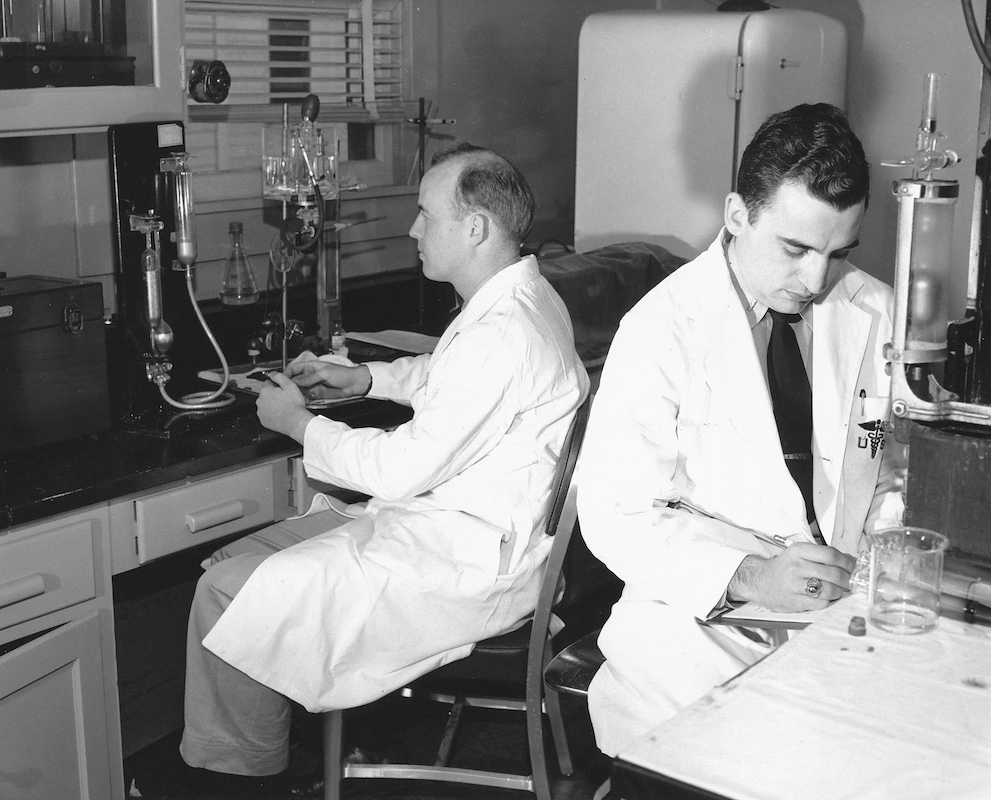With the U.S. food truck market reaching a projected $2.4 billion in revenue in 2024, knowing how to start a food truck business is a valuable step toward entrepreneurship.
It breaks down the process into nine actionable steps. Learn to navigate permits, define your brand, manage finances, and launch a profitable mobile business that avoids common, costly mistakes.
Research your local market and regulations
Before buying a truck or even choosing a name, you need to understand the local environment. Proper research at this stage prevents costly mistakes and helps build a solid business foundation.
Analyze your city's food truck scene
Start by mapping out the competitive landscape and identifying opportunities. A clear understanding of your local market helps you find a profitable niche and avoid oversaturated areas.
Use this checklist to guide your research:
- Identify existing competitors, what they sell, their price points, and where they typically operate.
- Analyze popular cuisines to see what's trending and what might be missing from the current scene.
- Scout for high-traffic locations like business districts, parks, breweries, and local event venues.
- Observe the peak hours of other food trucks to understand customer patterns and ideal operating times.
Identify necessary permits and licenses
Navigating legal requirements is one of the biggest hurdles for new owners. Every city and state has different rules, so it's critical to check with your local health department and city clerk's office.
You will likely need a combination of documents, as outlined in the SBA's guide on federal and state licenses.
- A standard business license is required to operate legally within your city or county.
- An Employer Identification Number (EIN) is a federal tax ID you will need if you plan to hire employees.
- A food handler's permit from your local health department ensures you and your staff are trained in safe food preparation.
- Your truck must have a valid vehicle license and meet all state motor vehicle registration requirements.
- A health department permit certifies that your truck has passed inspections for sanitation and food safety.
- Zoning and parking permits are often required, as many cities have specific rules about where a food truck can operate.
Choose your food truck concept and brand
With your market research complete, it's time to define your identity. A strong concept and brand are what make your truck memorable and attract loyal customers in a crowded market.
Develop profitable food truck menu ideas
Your menu is the core of your business. It should be unique, delicious, and designed for profitability and efficiency within the constraints of a mobile kitchen.
Follow these principles when creating your menu:
- Keep your menu focused on a few core items you can execute perfectly and quickly.
- Aim for a food cost percentage between 25-35% to ensure healthy profit margins on each item sold.
- Design dishes that share ingredients to minimize waste, reduce inventory, and streamline preparation.
- Appeal to the 54% of consumers who enjoy trying new foods by offering unique dishes that can still be prepared efficiently in a small kitchen.
Create a memorable name and logo
Your name and logo are often the first interaction a customer has with your business. They should be distinctive, reflect your food concept, and be easy for people to remember and find online.
Use these steps to develop your brand identity:
- Brainstorm names that are catchy, easy to spell, and hint at the type of food you serve.
- Check if your top name choices are available as a business name in your state and as a website domain.
- Design a logo that is simple, versatile, and looks good on your truck, packaging, and social media profiles.
- Ensure the name and logo clearly communicate your brand's personality, whether it's fun, modern, or traditional.
Write a comprehensive food truck business plan
A well-crafted business plan is more than a document for lenders; it is your strategic guide for launching and growing. This plan will help you solidify your concept, anticipate challenges, and set clear financial goals.
Key elements to include in your plan
Your food truck business plan should be thorough and customized to your unique concept. Ensure your plan includes these fundamental sections.
- Include an executive summary that provides a concise overview of your entire business, from your mission to your financial highlights.
- Write a company description that details your food truck concept, legal structure, and what makes your business unique.
- Present the market analysis from your initial research, identifying your target customers and detailing the competitive landscape.
- Outline an operations plan detailing your daily procedures, staffing, menu, suppliers, and essential technology like your POS system.
- Develop a clear marketing and sales strategy explaining how you'll attract customers through social media, events, and local partnerships.
- Create detailed financial projections that forecast your startup costs, projected revenue, and profitability for at least three years.
Calculate startup costs and secure financing
With your business plan complete, the next step is to secure the funding to bring it to life. A detailed budget and a clear understanding of your financing options are essential to starting on solid financial ground.
Breaking down your food truck startup costs
Creating a comprehensive list of all potential expenses helps prevent budget shortfalls later.
Your primary one-time startup costs will likely include:
- Factor in the purchase price of a new or used food truck.
- Include costs for kitchen equipment, such as cooking, refrigeration, and prep stations.
- Budget for all necessary business licenses and health permit fees.
- Set aside funds for your initial inventory of ingredients, packaging, and supplies.
- Account for a mobile Point-of-Sale (POS) system and other essential technology.
- Incorporate branding expenses for your truck wrap, logo design, and website.
- Establish a cash reserve to cover operating expenses for the first few months.
Explore food truck financing options
Few entrepreneurs pay for startup costs entirely out of pocket. Fortunately, several financing avenues are well-suited for new food truck businesses.
Consider these common funding sources:
- You can apply for a Small Business Administration (SBA) loan, which offers favorable terms and is guaranteed by the government.
- Equipment financing allows you to borrow specifically for the purchase of your truck and kitchen gear.
- A business line of credit provides flexible access to funds to manage cash flow and cover unexpected expenses.
- Personal savings or contributions from friends and family can be a straightforward way to fund a portion of your startup.
Buy or lease your food truck vehicle
Your truck is the single most important asset for your business. The decision to buy or lease depends entirely on your budget, long-term goals, and how much control you want over your vehicle.
How to buy a food truck
Buying a truck gives you full ownership and the freedom to customize it completely. This is a significant upfront investment, so a thorough evaluation is critical.
Consider these key factors before purchasing:
- Decide between a new vehicle, which offers reliability, or a used one, which lowers initial costs but may require more maintenance.
- Always arrange for a professional mechanic to conduct a pre-purchase inspection on any used truck.
- Evaluate whether you want a pre-built, turnkey food truck or a bare-bones truck that you can customize yourself.
- Look for vehicles from reputable food truck manufacturers or trusted online marketplaces specializing in mobile businesses.
Consider leasing as an alternative
Leasing offers a more accessible entry point into the food truck industry with lower initial cash outlay. It is an excellent choice if you want to test your business concept with less financial risk.
Here is what you need to know about leasing:
- Leasing significantly reduces your upfront costs, as you avoid a large down payment and sales tax.
- Lessees often have access to newer, more reliable vehicles with maintenance packages included in the agreement.
- Be aware of potential restrictions, as some lease agreements limit the mileage or the types of customizations you can make.
- Leasing allows you to experiment with different locations and events with lower financial commitment, as a guide from Toast explains.
Purchase essential equipment and supplies
Choosing the right equipment is a balancing act between your menu's needs and your truck's limited space. Every item must be durable, efficient, and essential to your daily operations to maximize your kitchen's workflow.
A complete food truck equipment checklist
While your specific needs will depend on your menu, most food trucks require a standard set of equipment. Building a detailed list helps you budget accurately and ensure you don't miss any critical components for operation.
A food truck equipment checklist from Toast can help you itemize everything, but your core categories should include:
- Invest in cooking appliances tailored to your menu, such as commercial griddles, fryers, ovens, or ranges.
- Purchase commercial-grade refrigeration units, like under-counter refrigerators and freezers, to safely store ingredients.
- Equip your truck with food prep tools, including stainless steel worktables, cutting boards, and knives.
- Install a three-compartment sink for washing, rinsing, and sanitizing, plus a separate handwashing sink to meet health codes.
- Ensure you have essential safety equipment, including a fire suppression system, extinguishers, and a first-aid kit.
- Select serving essentials like heat lamps, condiment stations, and food holding wells to keep orders ready for customers.
Find suppliers for ingredients and disposables
Your suppliers are your partners in delivering quality and consistency. Building strong relationships with reliable vendors for both ingredients and paper goods is critical for smooth daily operations and managing food costs.
Use these tips to find the right partners:
- Compare pricing and product offerings from wholesale restaurant suppliers and local cash-and-carry stores.
- Look for suppliers who provide delivery schedules that work for your mobile business and limited storage capacity.
- Check references or online reviews to verify a potential supplier's reputation for reliability and customer service.
- Consider partnering with local farms or bakeries to source fresh, unique ingredients that can set your menu apart.
Set up your operational systems
Efficient systems are what turn your truck and equipment into a profitable business. Thoughtful planning of your payment processing and kitchen layout is essential for speed, accuracy, and customer satisfaction.
Choose a mobile POS system for payments
Your Point-of-Sale (POS) system is the nerve center of your operation. A good mobile POS does more than just take payments; it provides valuable data to help you run your business smarter.
When selecting a system, look for features that support a mobile environment. With JIM, your iPhone becomes a smart, mobile POS — no extra hardware needed. It does more than just process payments: it offers real-time tools and insights to help you grow your business from anywhere.
- Choose a system that accepts all major payment types, including credit cards, debit cards, and contactless payments.
- Look for a POS with a reliable offline mode to continue processing sales when your internet connection is weak or unavailable.
- Select a system that provides real-time sales reports to track your best-selling items and busiest hours.
- Ensure the hardware is durable enough to withstand the heat, motion, and hustle of a mobile kitchen environment.
Plan your truck’s interior workflow
A well-designed workflow is crucial in a tight space. The goal is to create an assembly line that moves orders from preparation to the customer's hands with minimal wasted motion.
- Arrange your stations in a logical sequence, such as prep, cooking, finishing, and the service window.
- Store your most frequently used ingredients and tools within easy reach to reduce unnecessary steps for your staff.
- Designate clear pathways so that employees can move efficiently without bumping into each other during busy rushes.
- Conduct a "dry run" of your most popular orders to identify and eliminate any potential bottlenecks in your process.
Market your new food truck business
A great menu is essential, but effective marketing is what builds your customer base. It builds excitement and is essential for driving customers to your service window from day one.
Implement creative food truck marketing ideas
Your marketing should be as creative and appealing as your menu. Focus on high-impact, low-cost strategies that build a loyal local following and make your brand instantly recognizable.
Since a recent report shows that 79% of diners have visited a restaurant after seeing it on social media, a strong online presence is crucial.
- Use visually focused platforms like Instagram and Facebook to post high-quality photos of your food and share your daily location.
- Invest in a memorable and professional truck wrap that serves as a mobile billboard for your brand.
- Create a simple website that features your menu, weekly schedule, and contact information for catering inquiries.
- Collaborate with local businesses, such as breweries or retail shops, for cross-promotional events that expand your reach.
- Launch a simple loyalty program or offer a small discount to first-time customers to encourage repeat business.
Find the best locations and events
Your location is your most powerful marketing tool. Consistently choosing the right spots is the key to maximizing foot traffic and revenue.
Use these strategies to find profitable service locations:
- Regularly monitor city and community calendars for upcoming festivals, farmers' markets, concerts, and local sporting events.
- Network with property managers of office parks, industrial areas, and large apartment complexes to arrange service days.
- Use social media to poll your followers and ask where they would like you to park for a future service.
- Visit potential locations at different times to observe foot traffic patterns and identify the busiest hours.
- Contact breweries, wineries, and other venues that do not have their own kitchens to propose mutually beneficial partnerships.
Turn your food truck plan into profit
Starting a food truck involves more than a great menu. Success depends on solid research, a clear business plan, and smart operational choices to ensure profitability from day one.
Your Point-of-Sale (POS) system is the heart of your business — and JIM is built for mobility, making it ideal for food trucks, pop-up shops, service providers, and any business on the move. With Tap to Pay on iPhone, you can accept all major payment types — including credit and debit cards, Apple Pay, Google Pay, and other contactless methods — by simply holding your phone out to the customer.
Why choose JIM Tap to Pay as your mobile POS?
- No extra hardware required: Your iPhone is the only device you need.
- Accepts all major payment methods, including contactless cards and digital wallets.
- Transparent pricing: Just a flat 1.99% per transaction — with no hidden fees.
- Real-time sales tracking: Get instant access to your sales data, top items, and busiest hours.
- Built for mobility: Lightweight, durable, and ready for the fast pace of your business.
JIM's payment solutions are designed for mobile businesses like yours. Equip your food truck with the right tools for payment and simplify your daily sales from the start.















